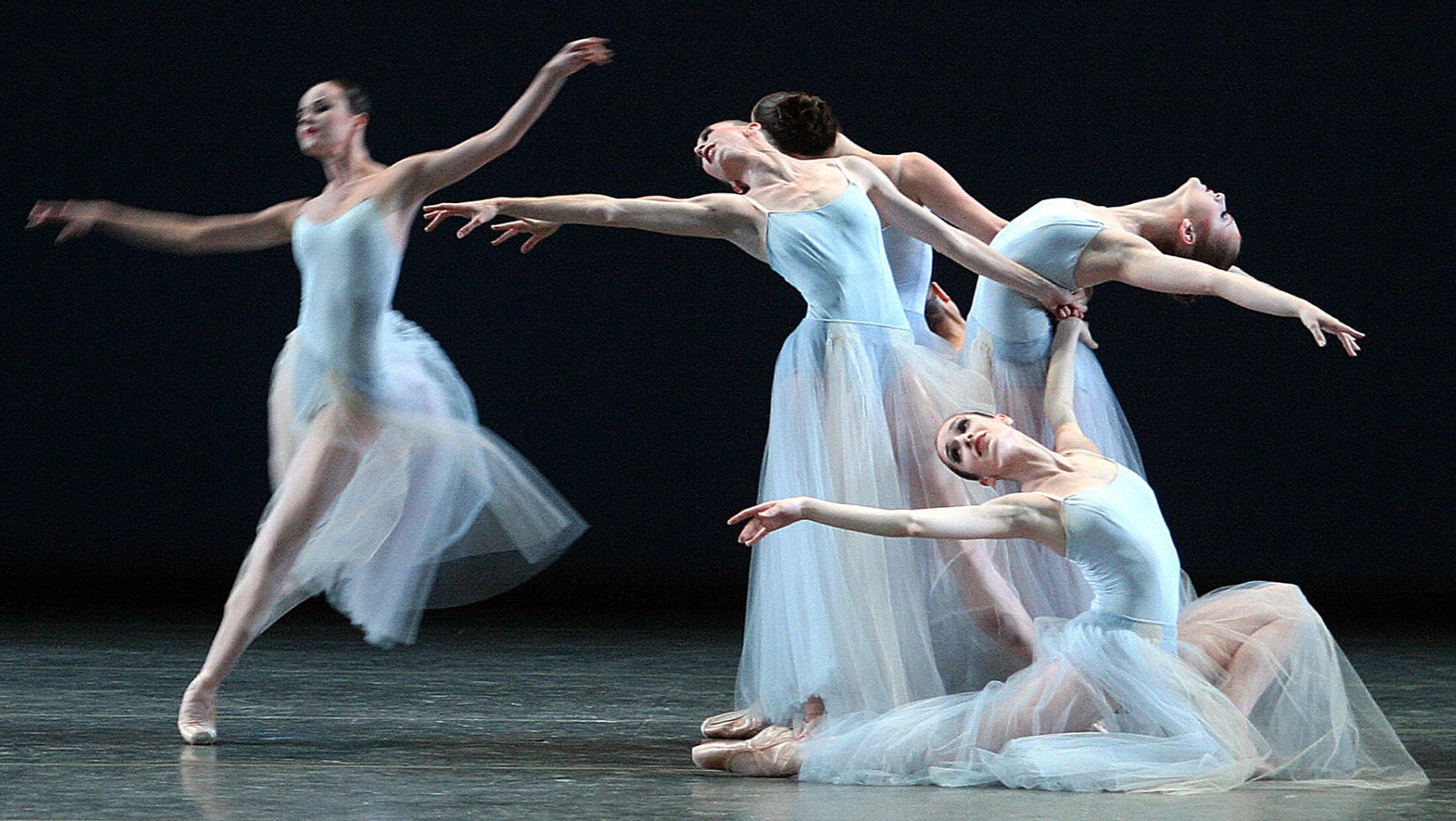Female Choreographers Take Center Stage at American Ballet Theater
The ballet world has previously been very male-dominated.

Although so many of the pioneering figures of American dance—Isadora Duncan, Martha Graham, Doris Humphrey, Ruth St. Denis, Agnes de Mille—were women, somewhere along the way (not surprisingly) men took over. In the ballet world, where binary gender roles have prevailed onstage and off, the statistics have been especially egregious. Only 41 of the 183 choreographers who have contributed pieces to American Ballet Theatre, for example, have been female. The fabled 79-year-old New York–based company (cofounded by a woman, Lucia Chase) is now rectifying this imbalance with an ambitious undertaking called ABT Women’s Movement. To kick-start the initiative, five accomplished innovators—Michelle Dorrance, Stefanie Batten Bland, Lauren Lovette, Claudia Schreier, and Jessica Lang—have been commissioned to choreograph new work. The long-term project will be officially saluted at ABT’s gala opening night on October 17, when, for the first time, the program will feature only the creations of female dance-makers.
“We are responsible as America’s national ballet company to expand the great canon of dance.”
Says New York–born Batten Bland, acclaimed for incorporating everyday materials such as cardboard and plastic bags into her provocative pieces, “ABT is going to open a wonderful conversation. The timing and authenticity around this project feel too good for it not to succeed.” Schreier, whose parents brought her to her first ABT performance as a toddler, notes “that it is important for the young people coming up behind us to see that the pool of talent isn’t as homogenous as it has been in the past.”
Prolific choreographer Lang, whose new ABT creation will be her 101st piece, believes that “to get at the root of the problem, we have to rethink how we educate students in ballet conservatories.” In her initial piece for ABT, Dorrance, celebrated for radicalizing tap dance, topples both gender and genre barriers by putting a man in pointe shoes, which to her are gender-neutral percussive instruments: “We have to define what we want the future of our culture to be, because our culture will define our politics.” Kara Medoff Barnett, ABT’s executive director, fully expects that the dances generated by all five women will diverge from what their male counterparts might have produced. “In any art form, an artist’s experiences inform her choices and the stories she wants to tell,” she explains. “We are responsible as America’s national ballet company to both protect and expand the great canon of dance.”
This story originally appeared in the October 2018 issue of Marie Claire.
RELATED STORY

Get exclusive access to fashion and beauty trends, hot-off-the-press celebrity news, and more.